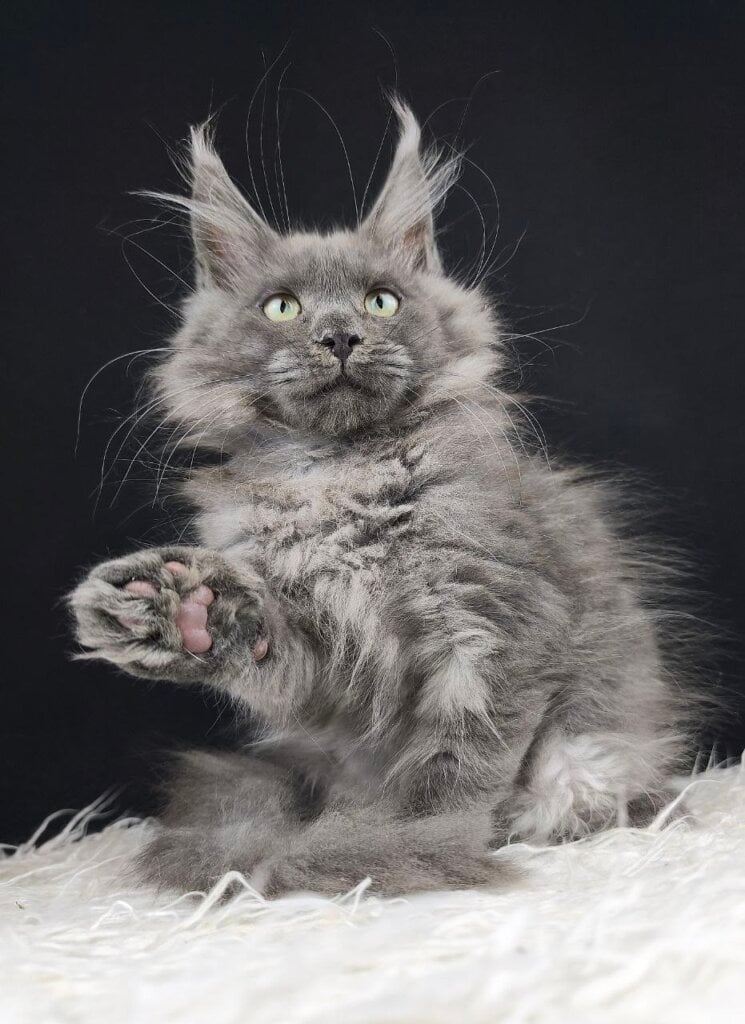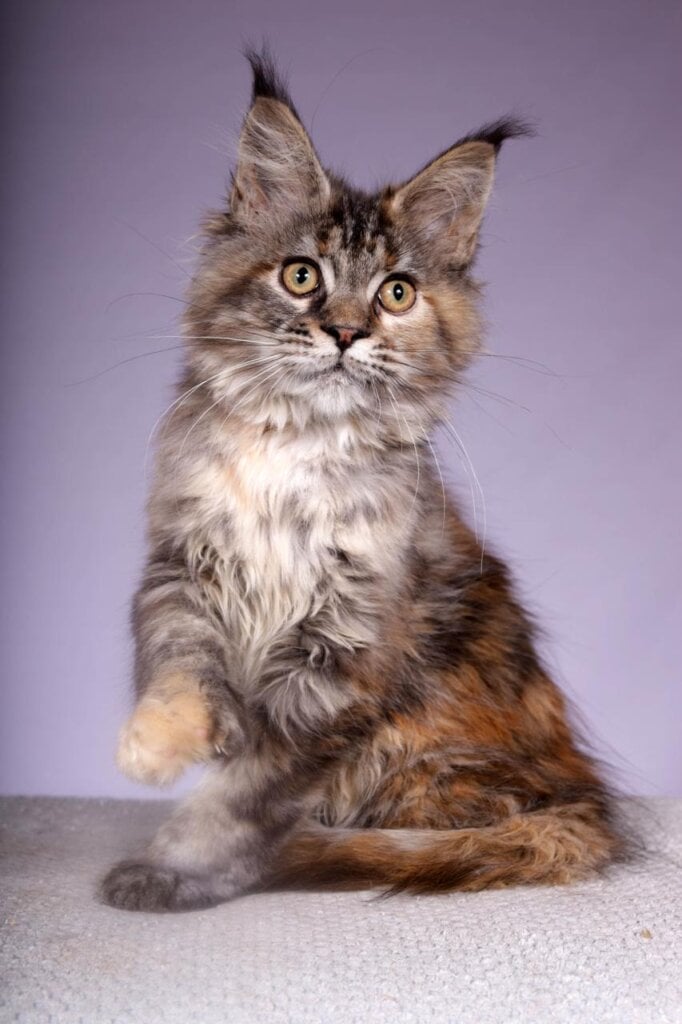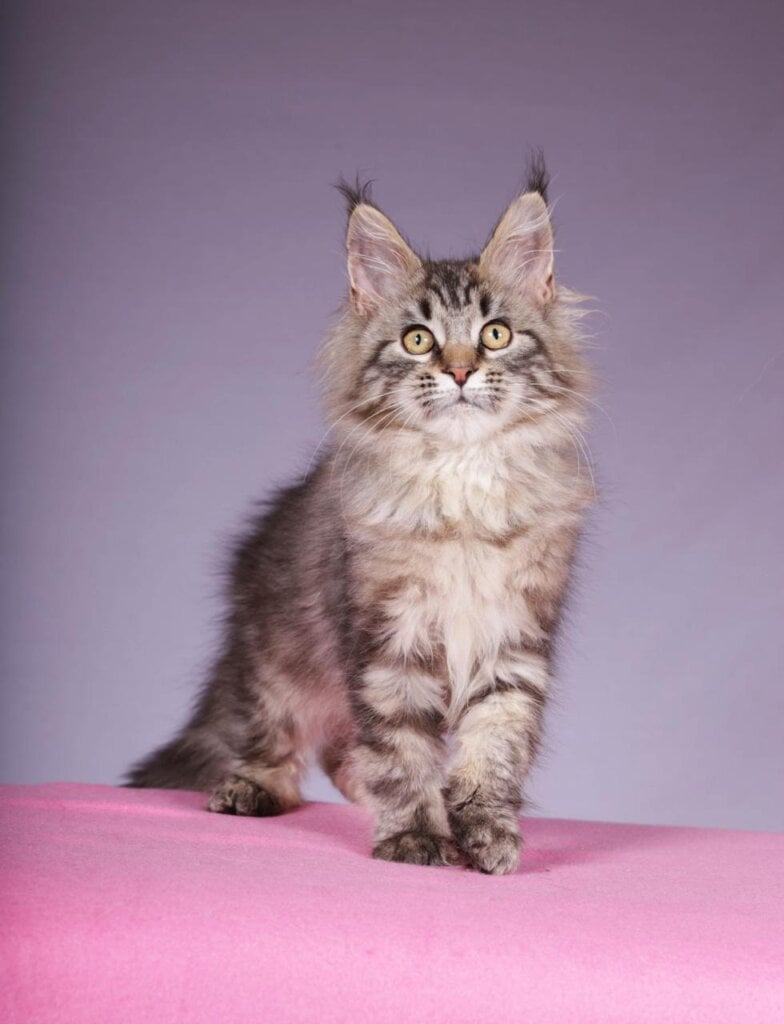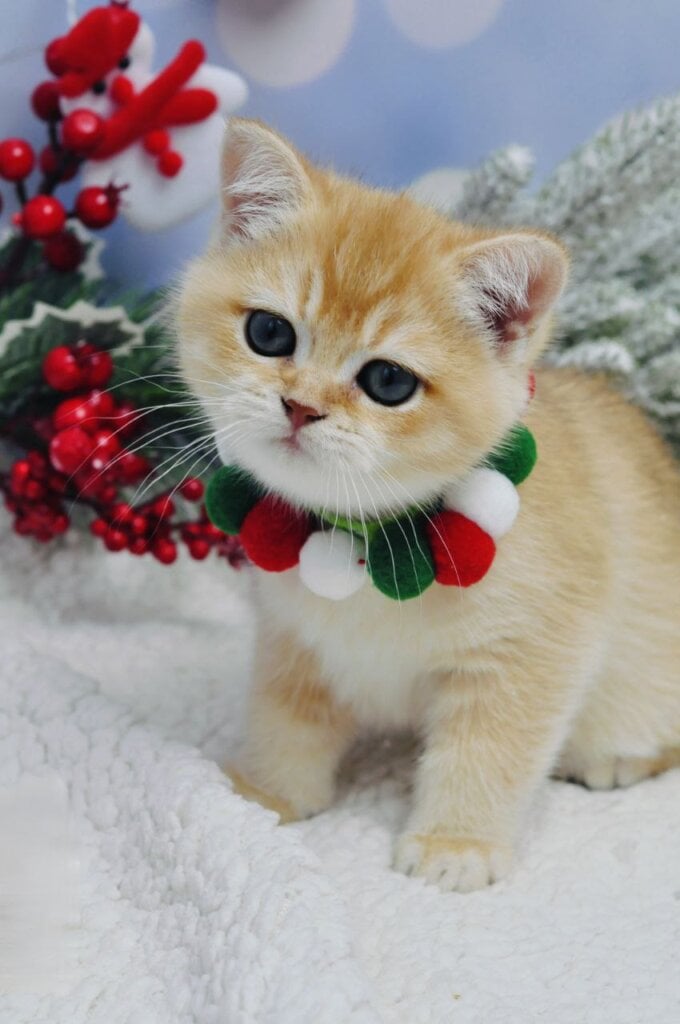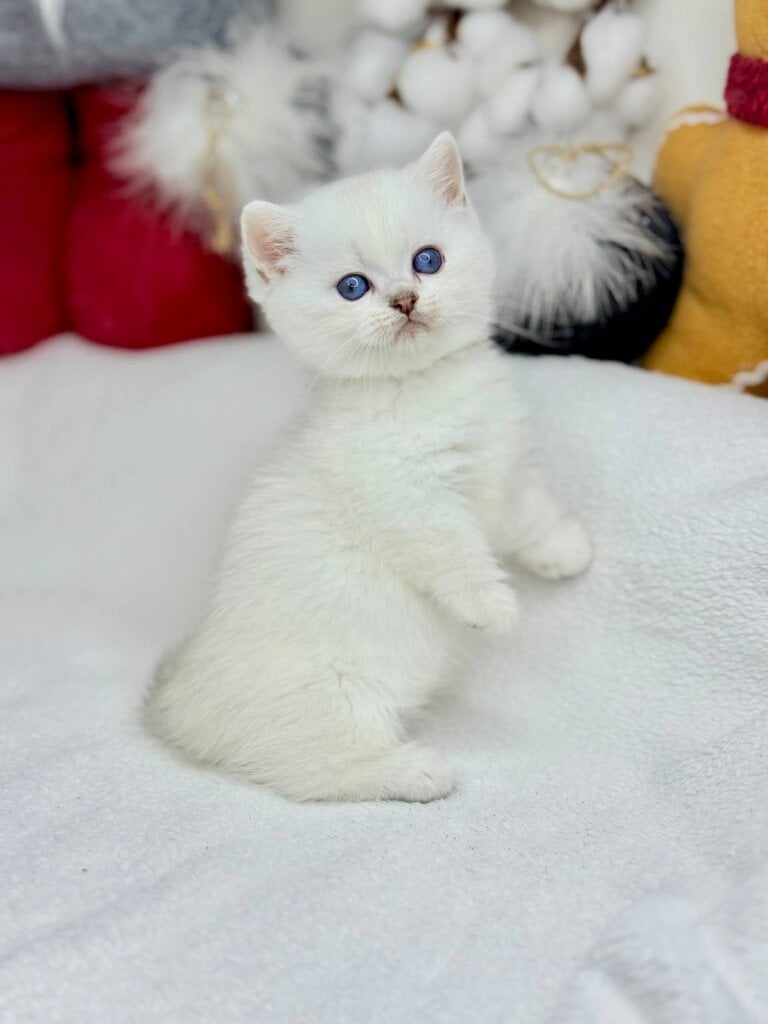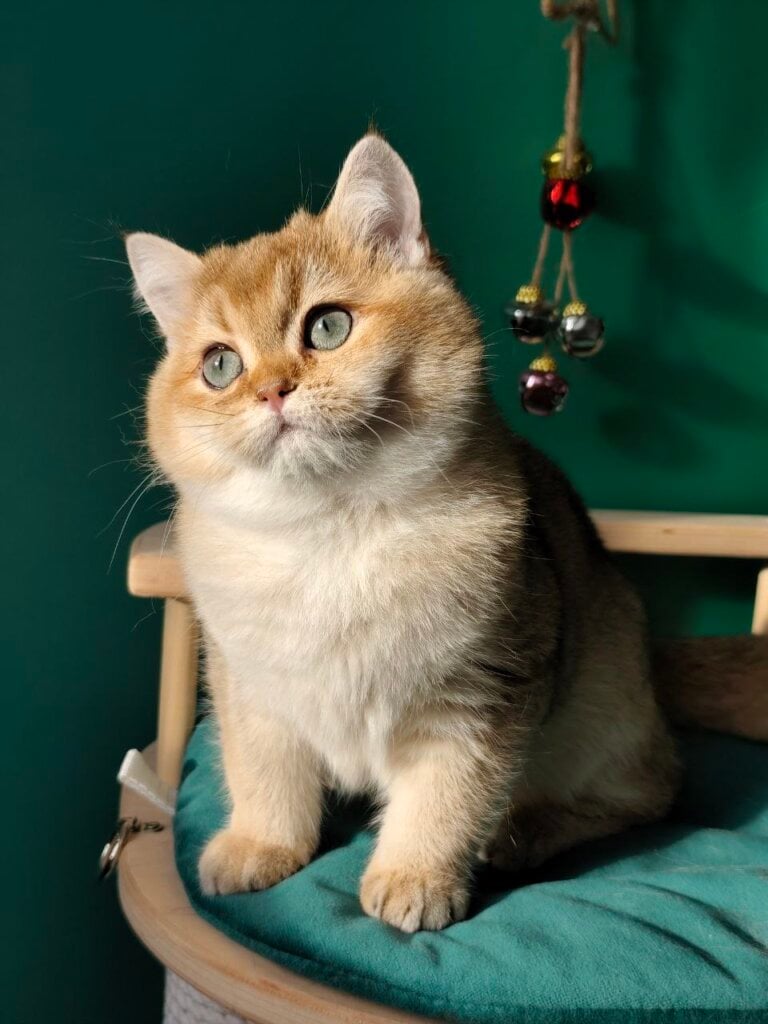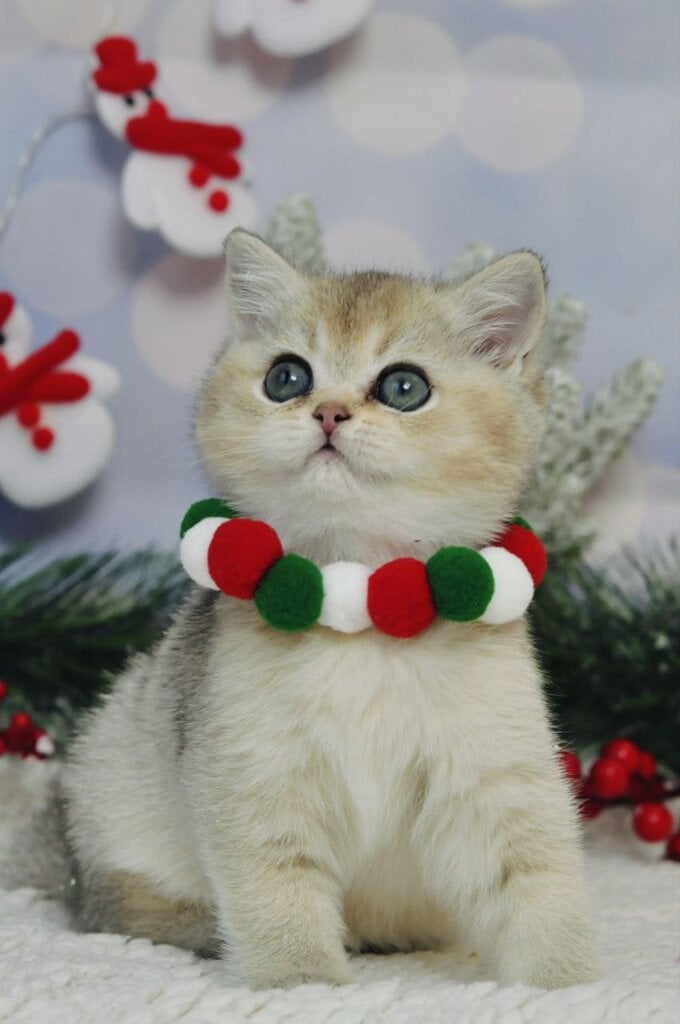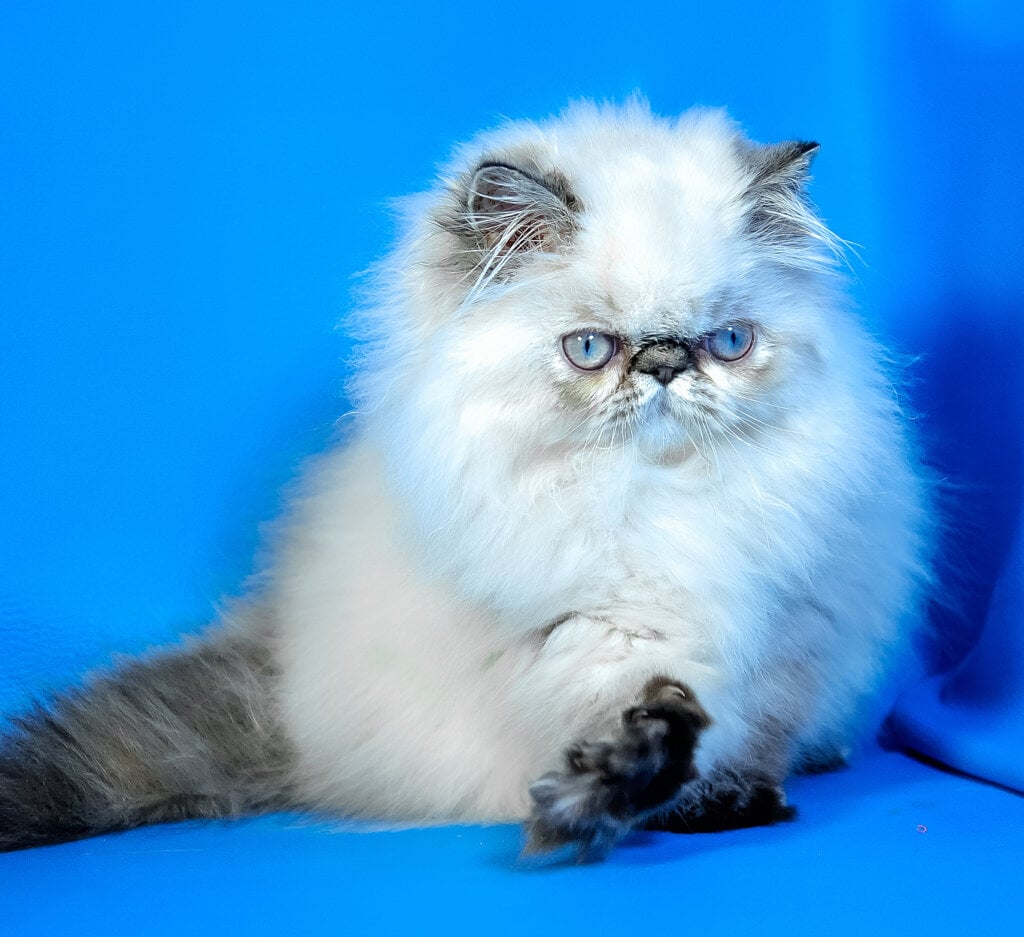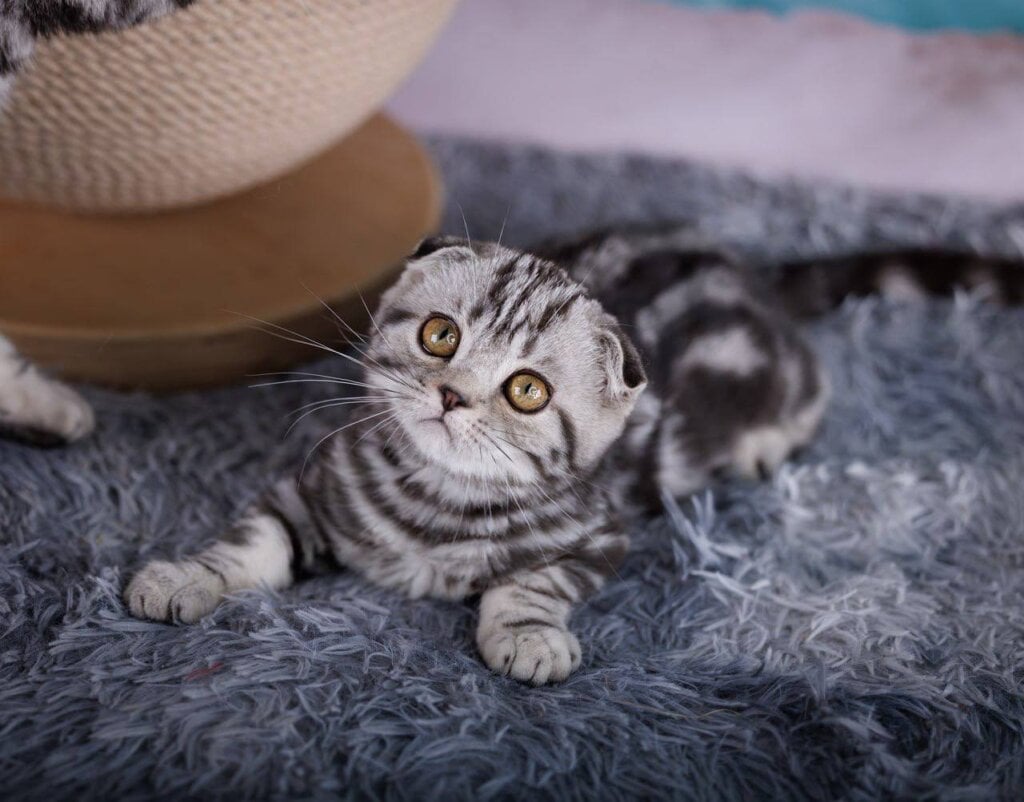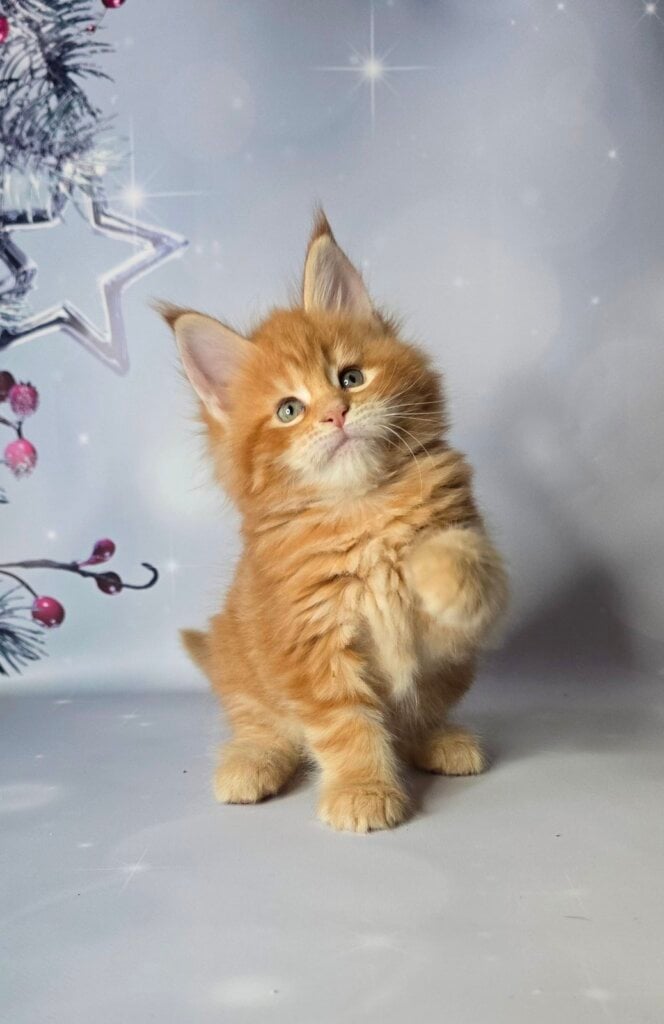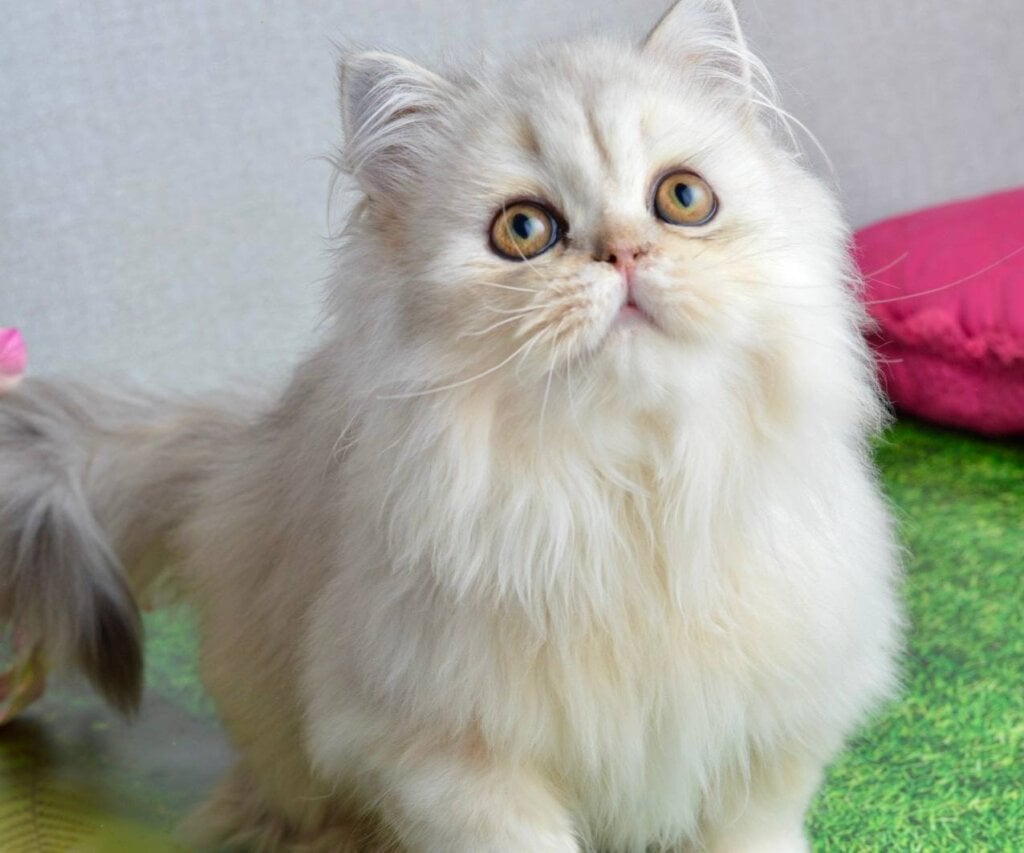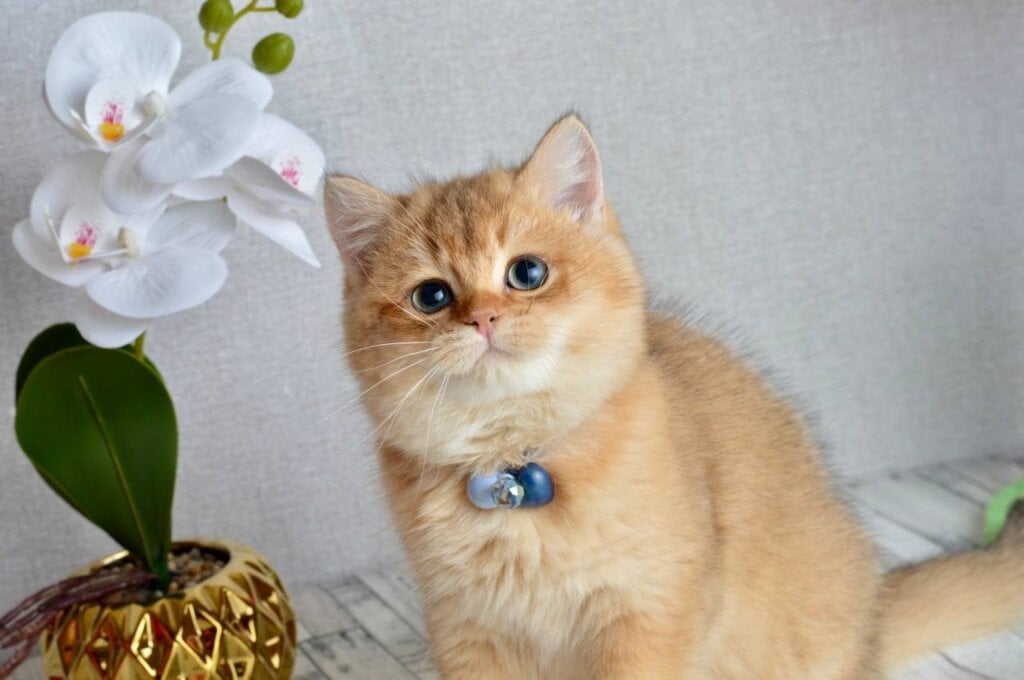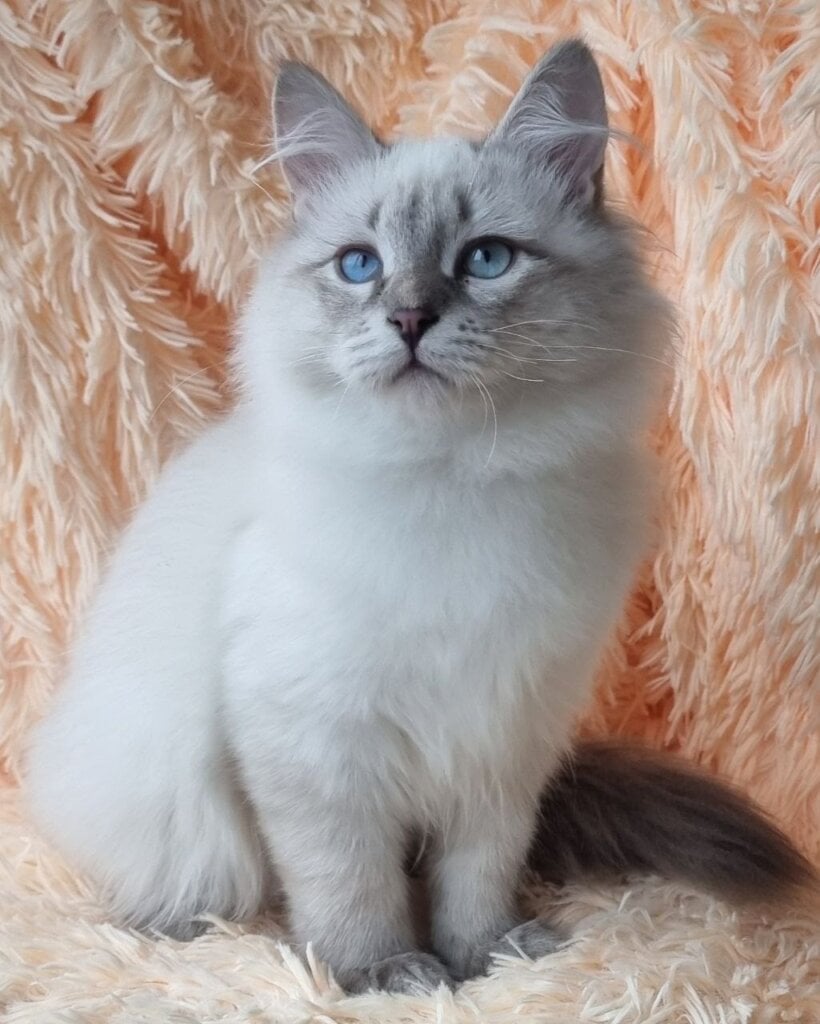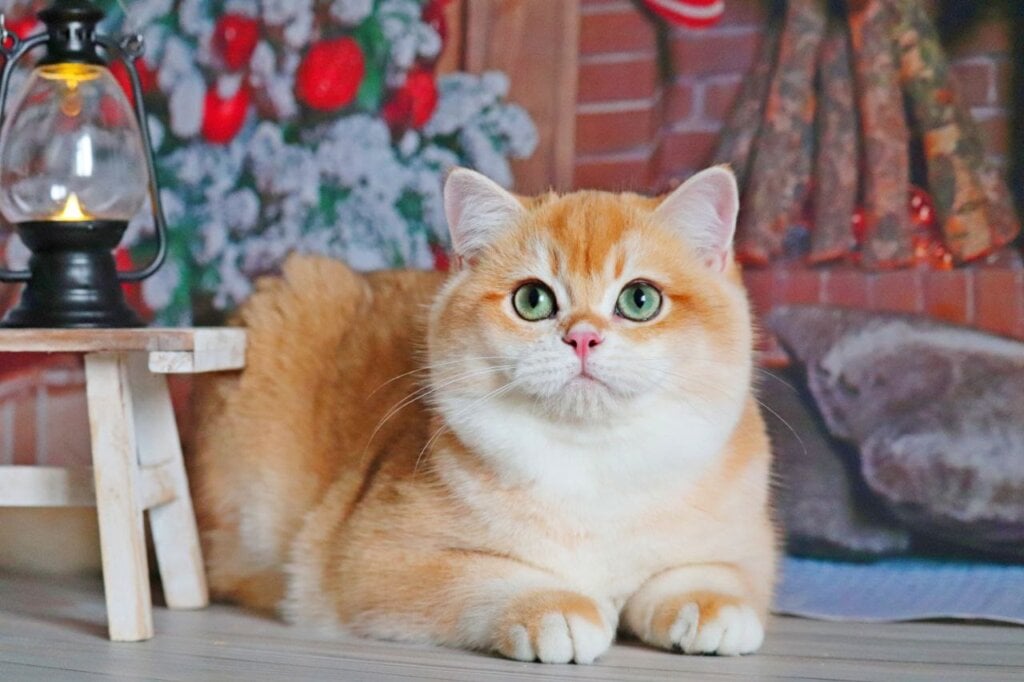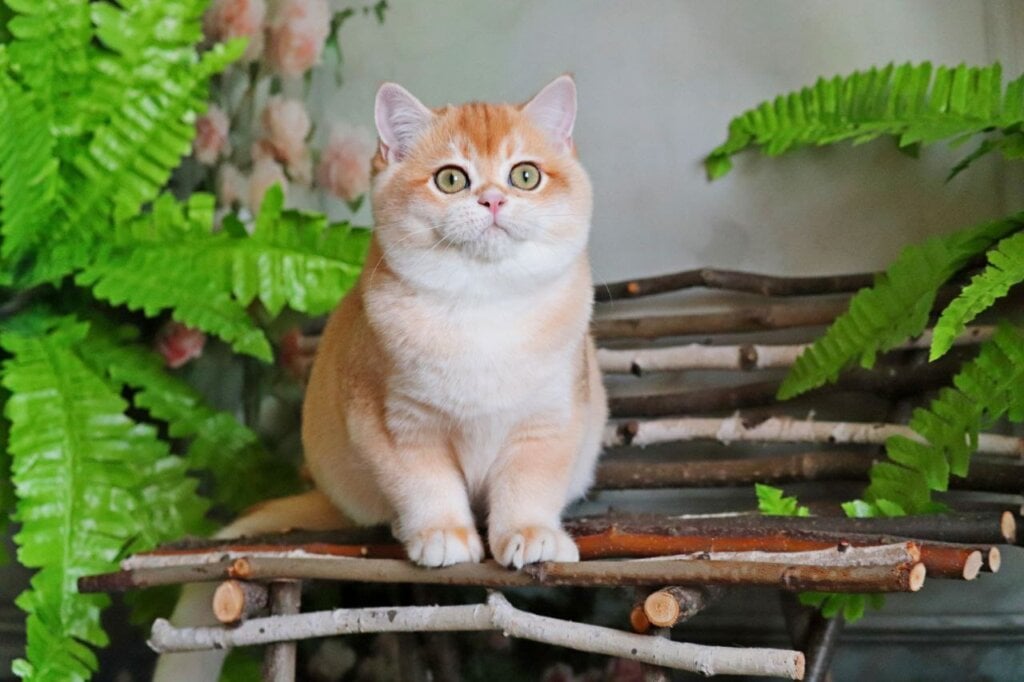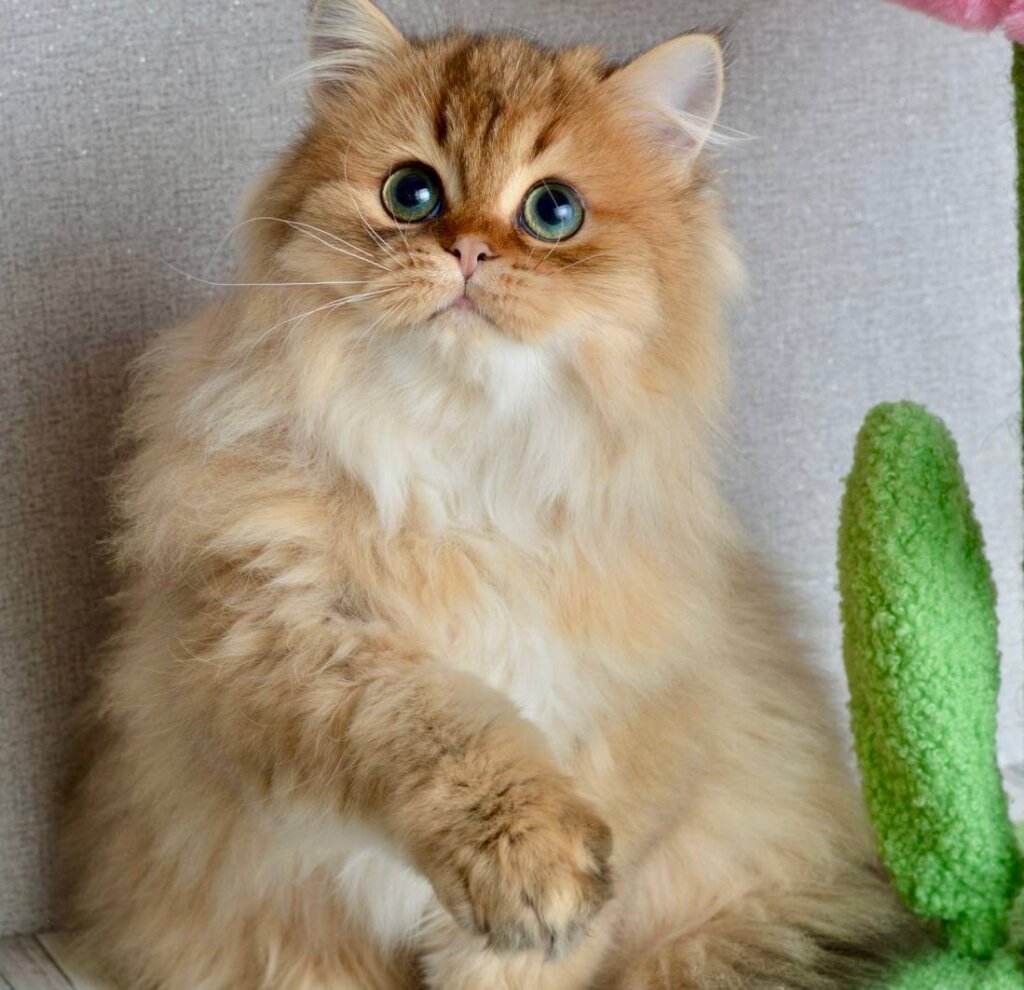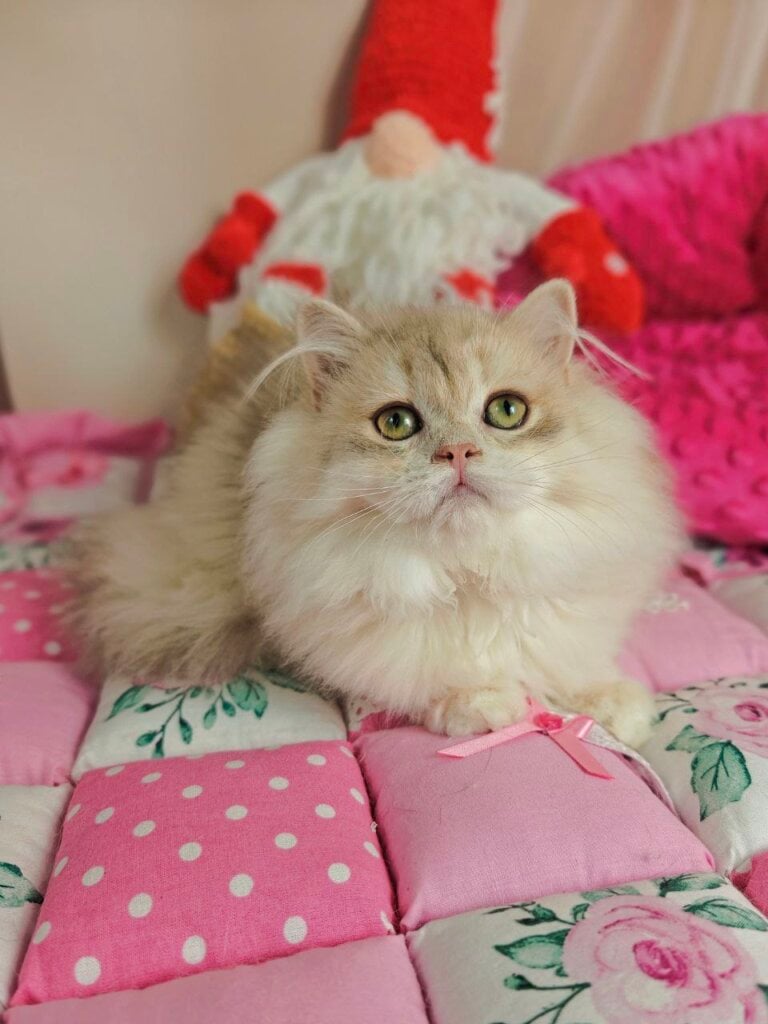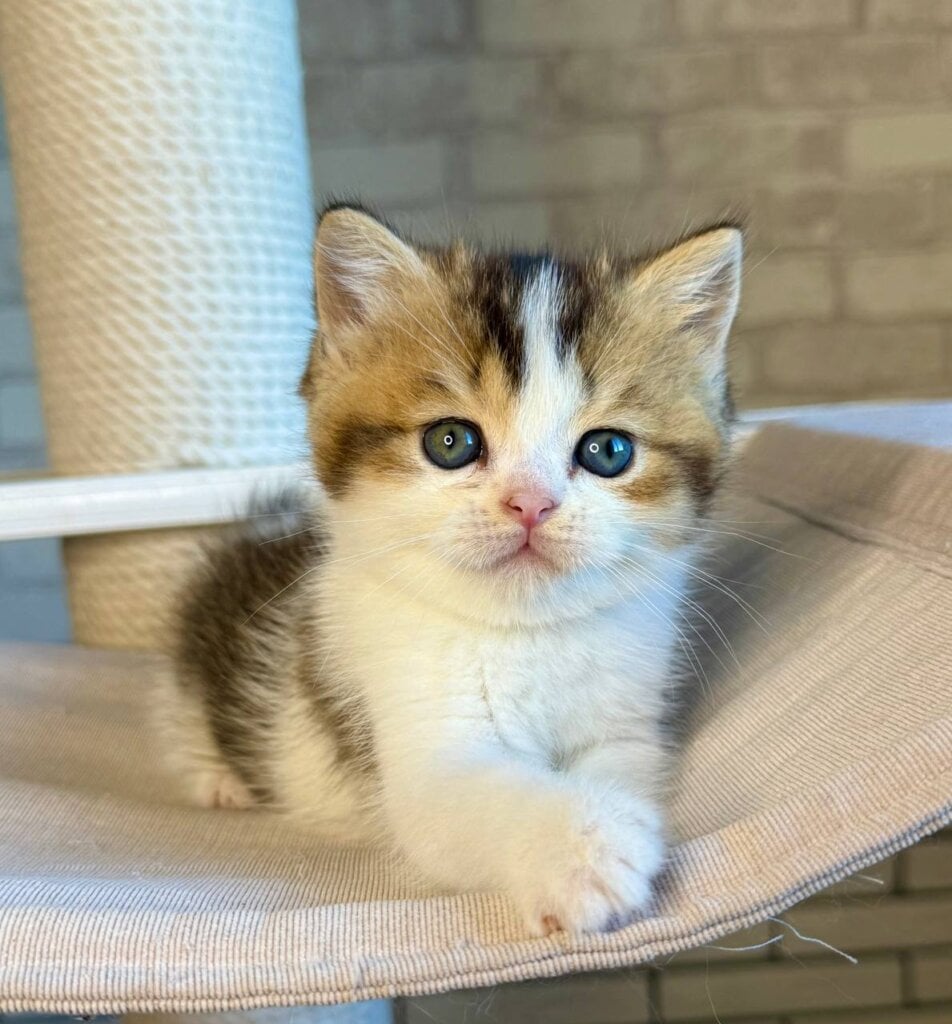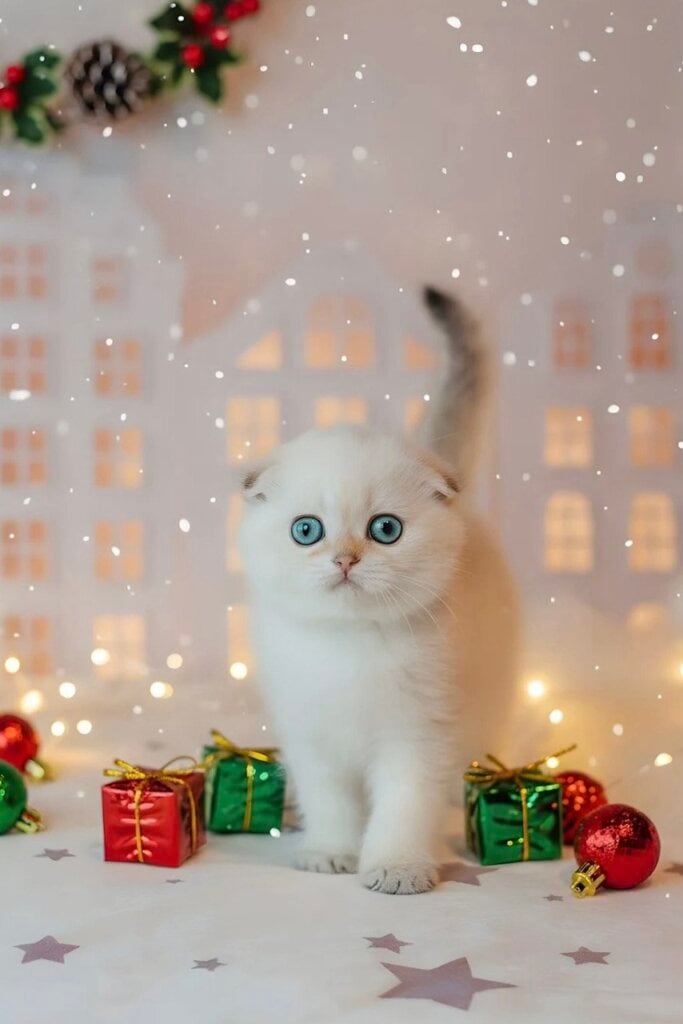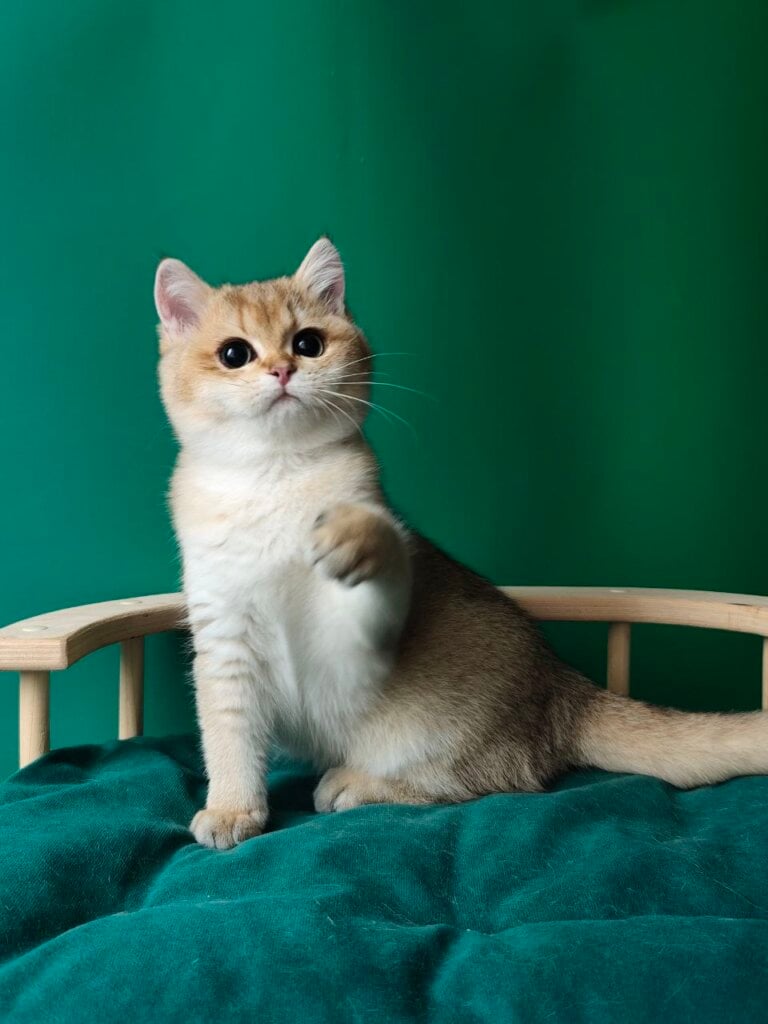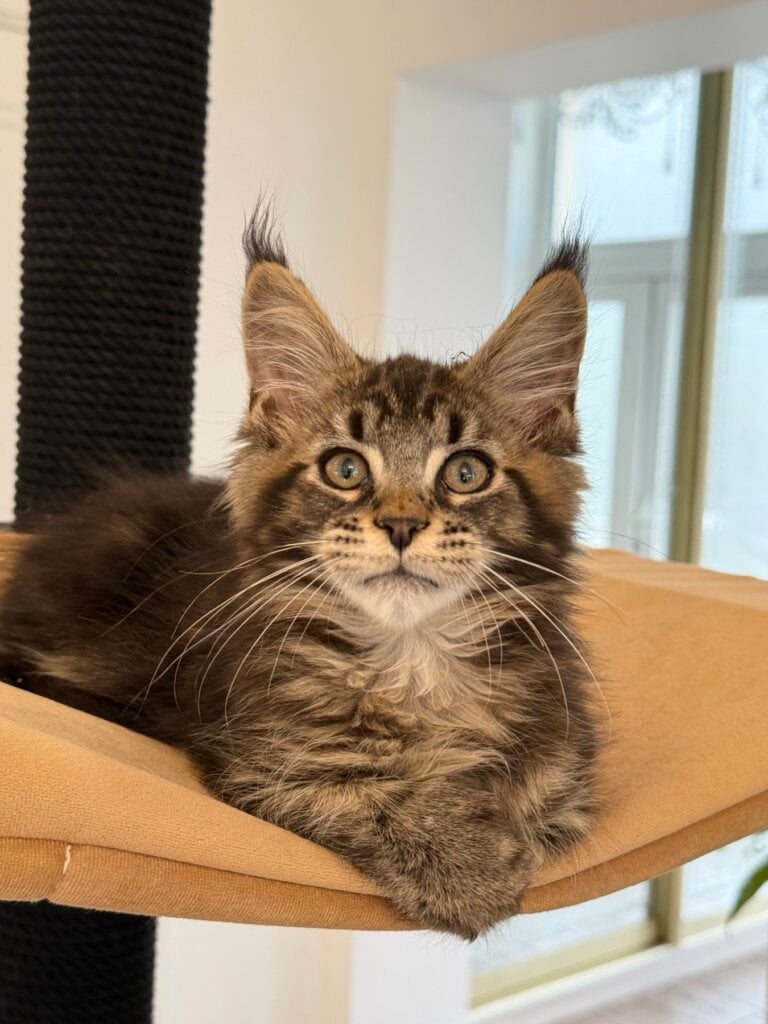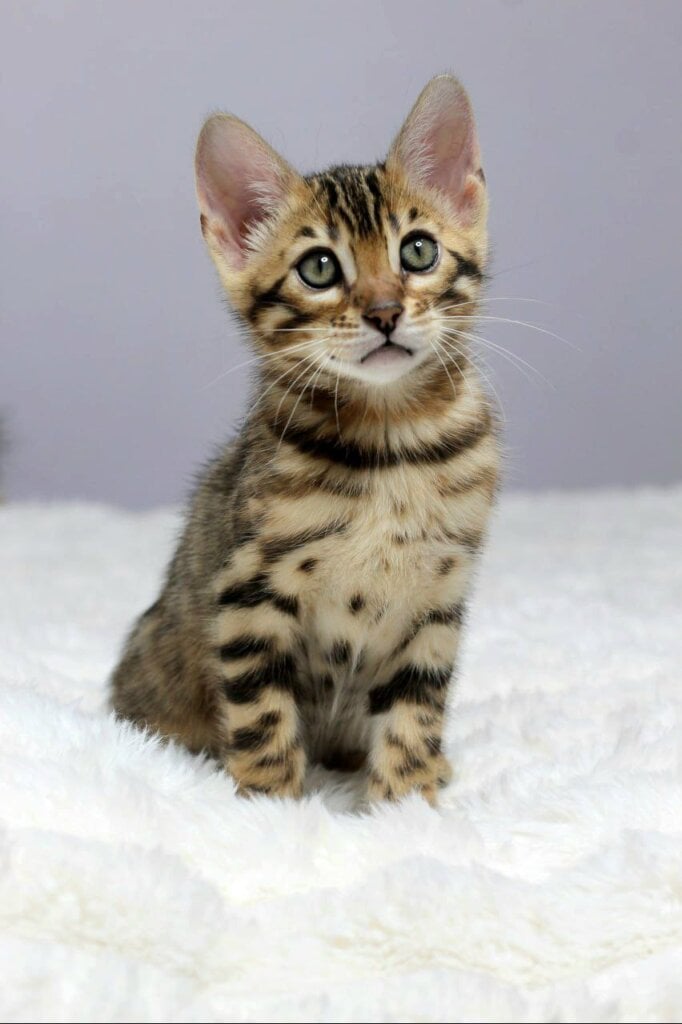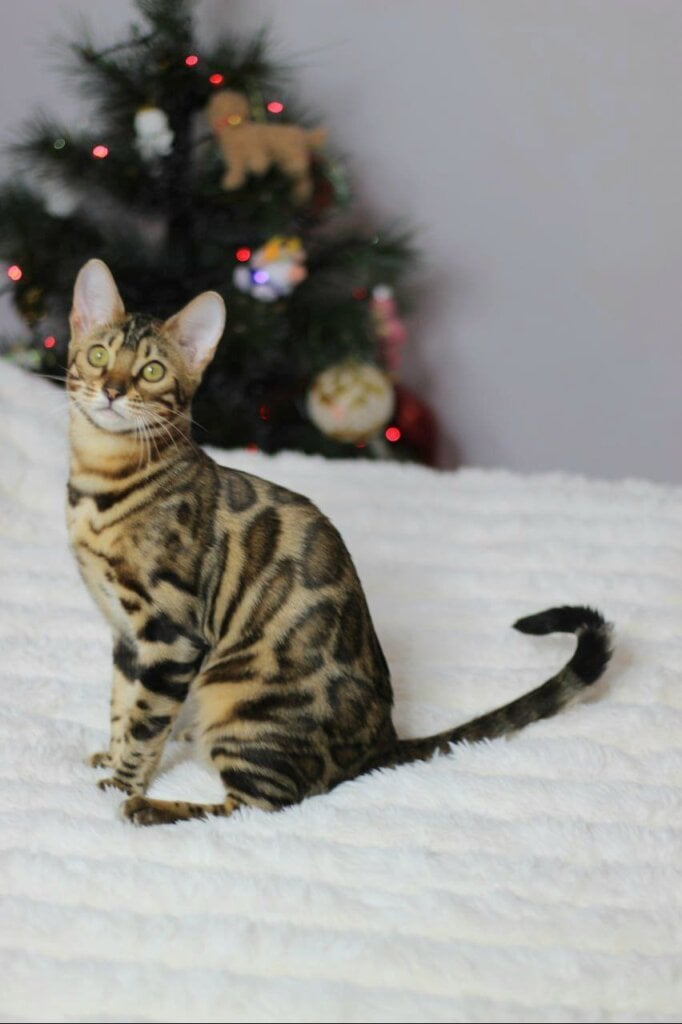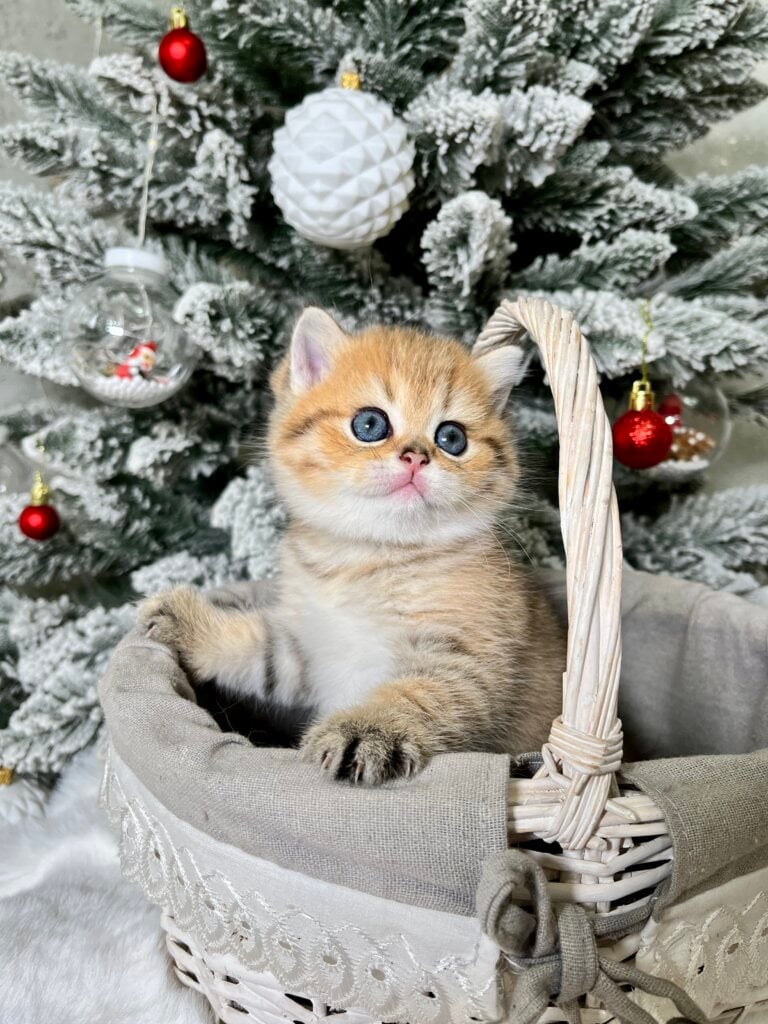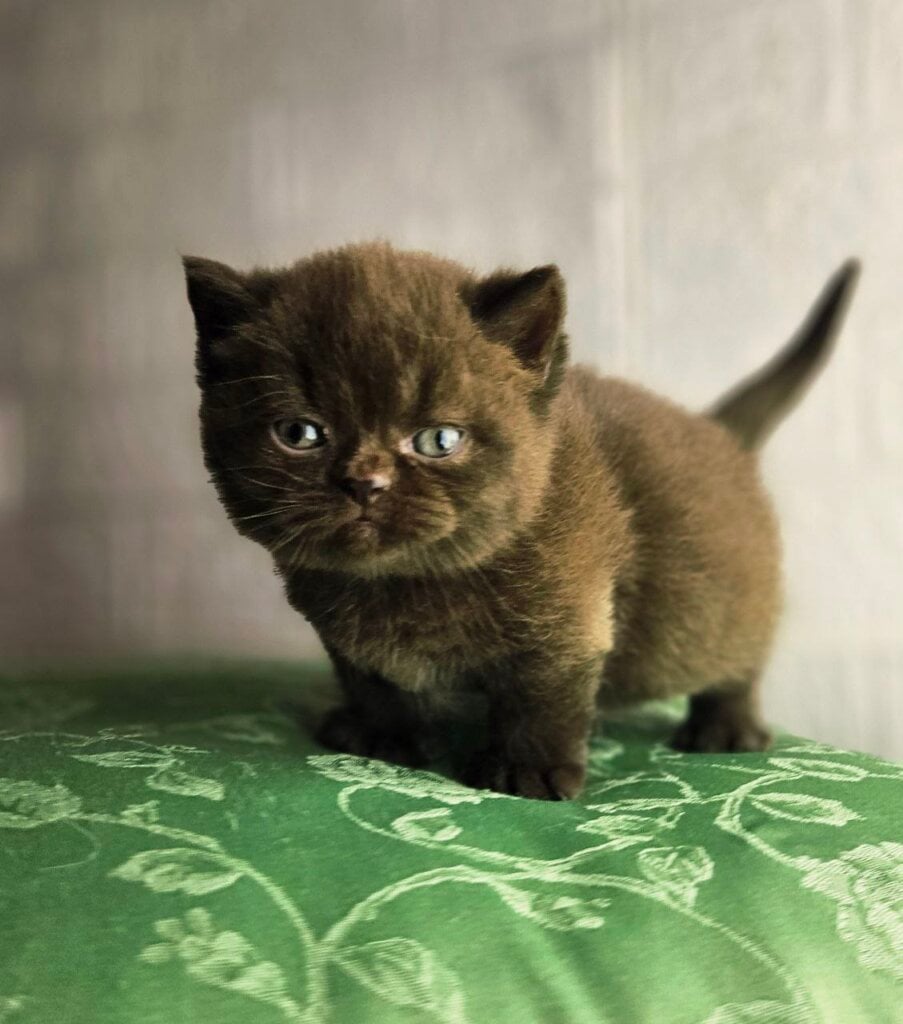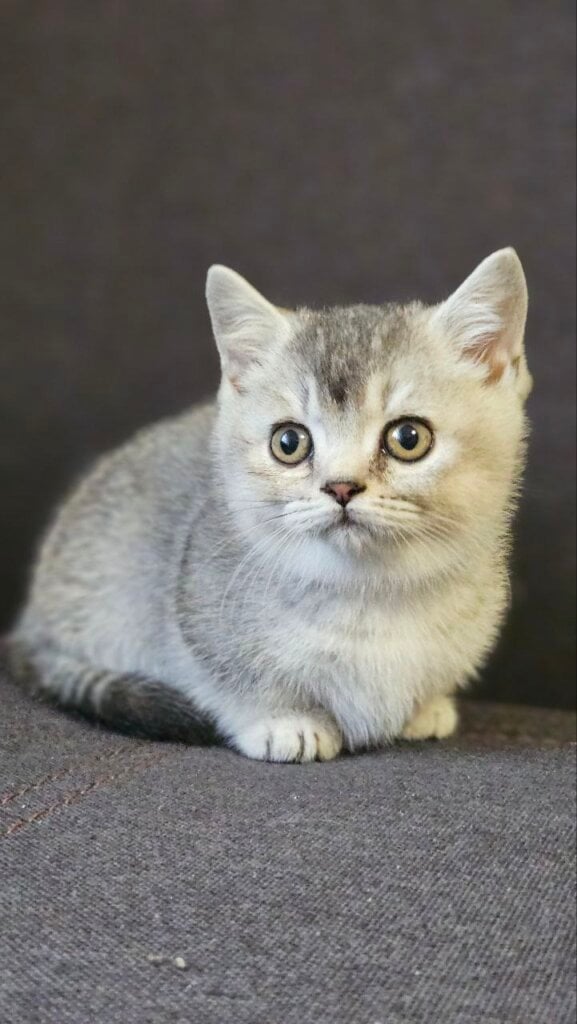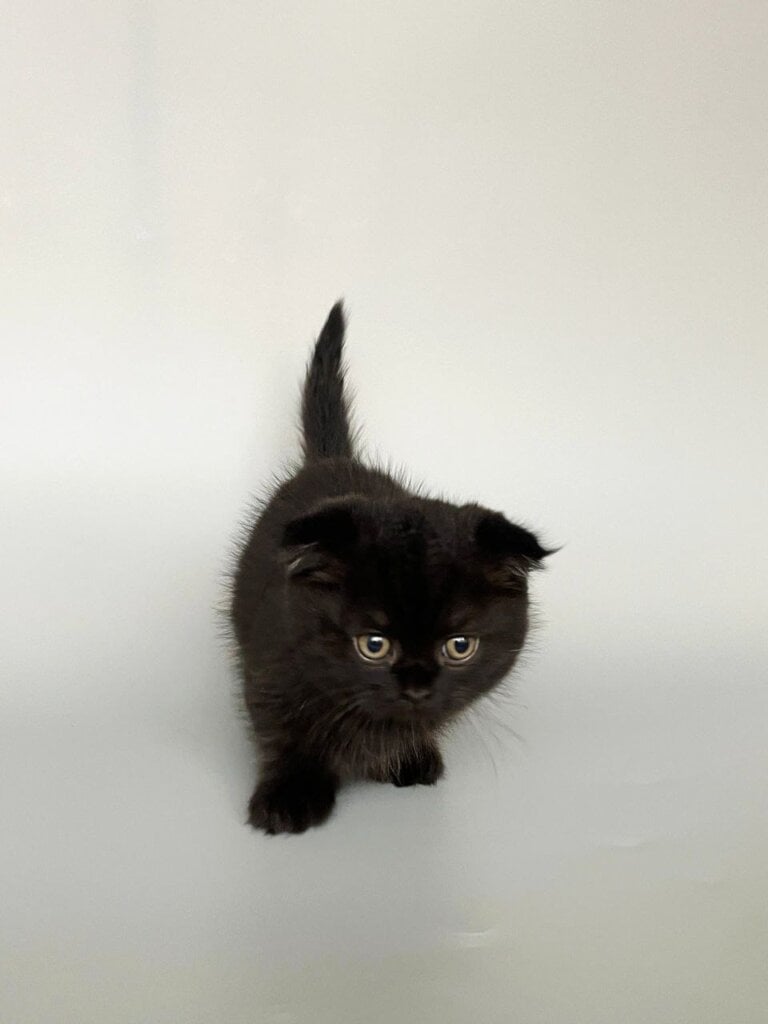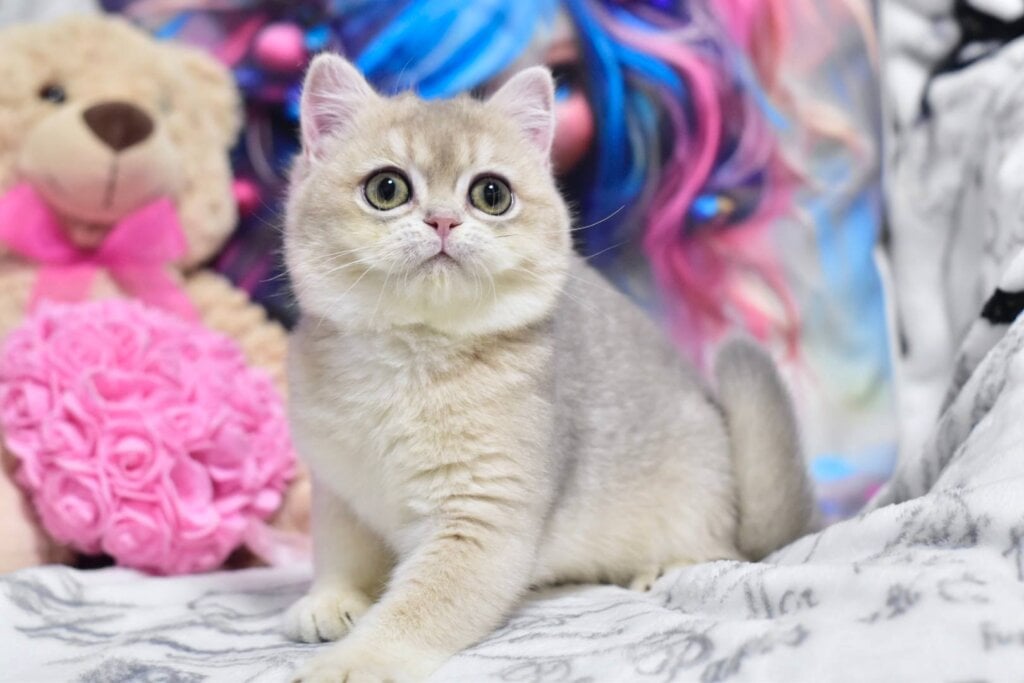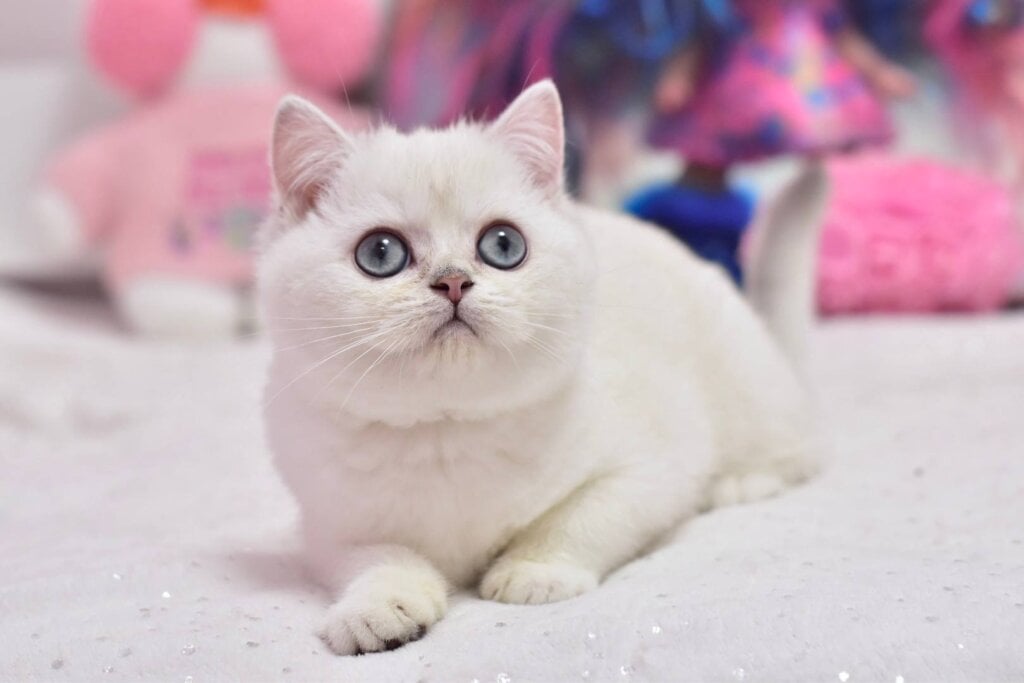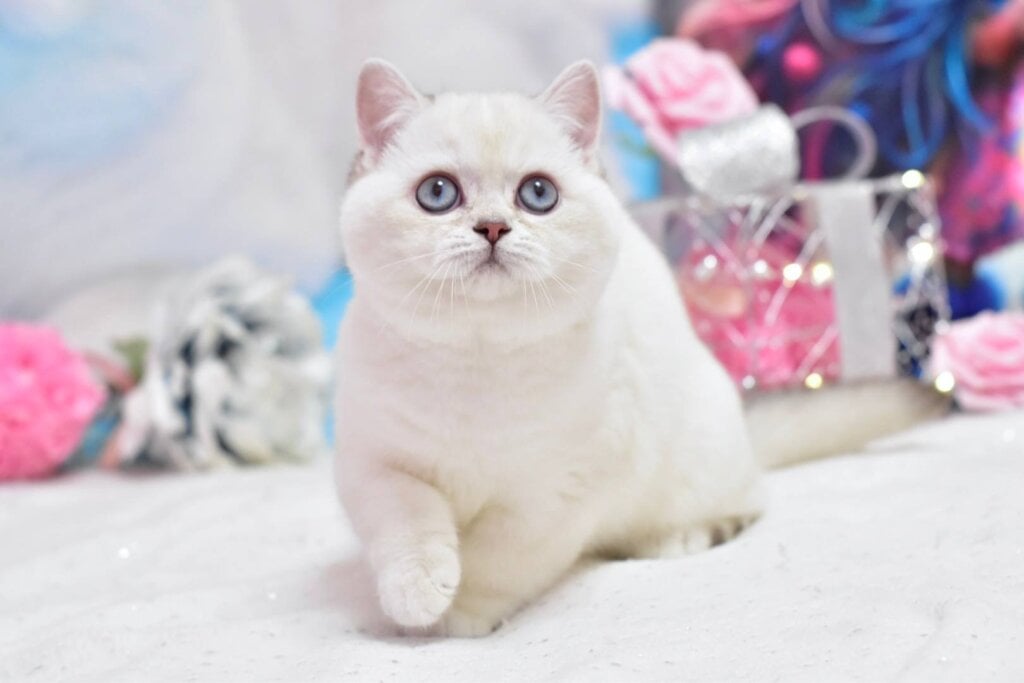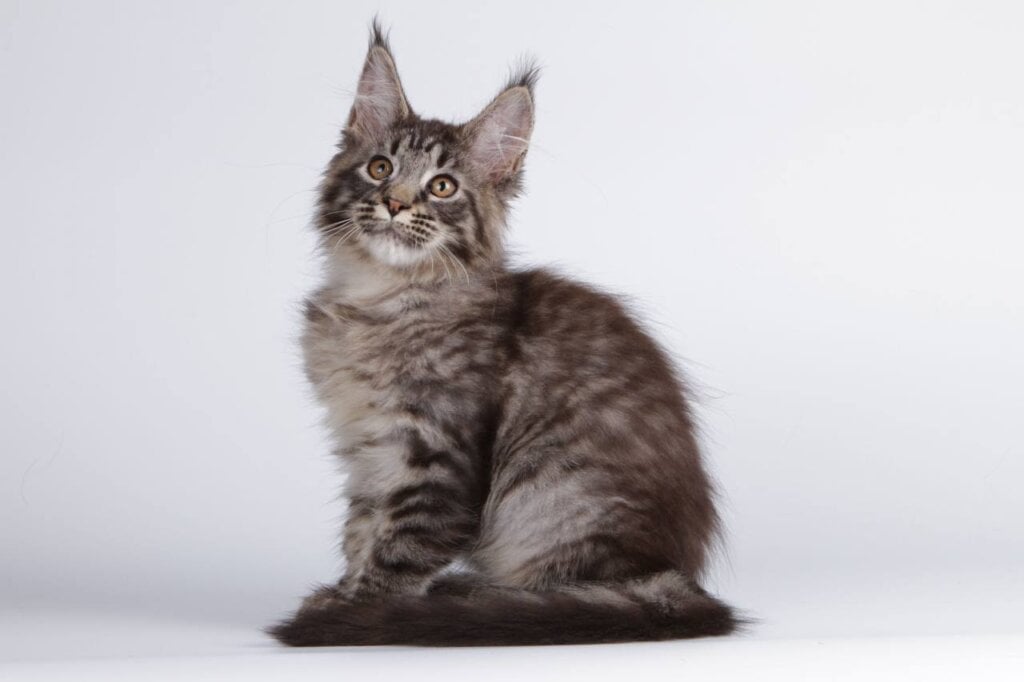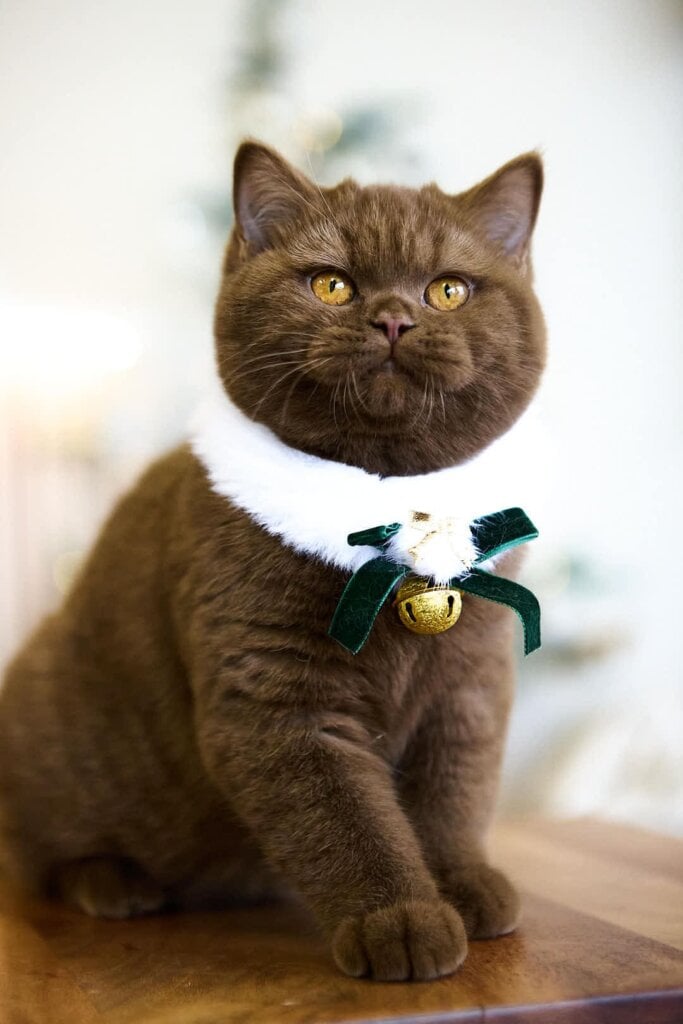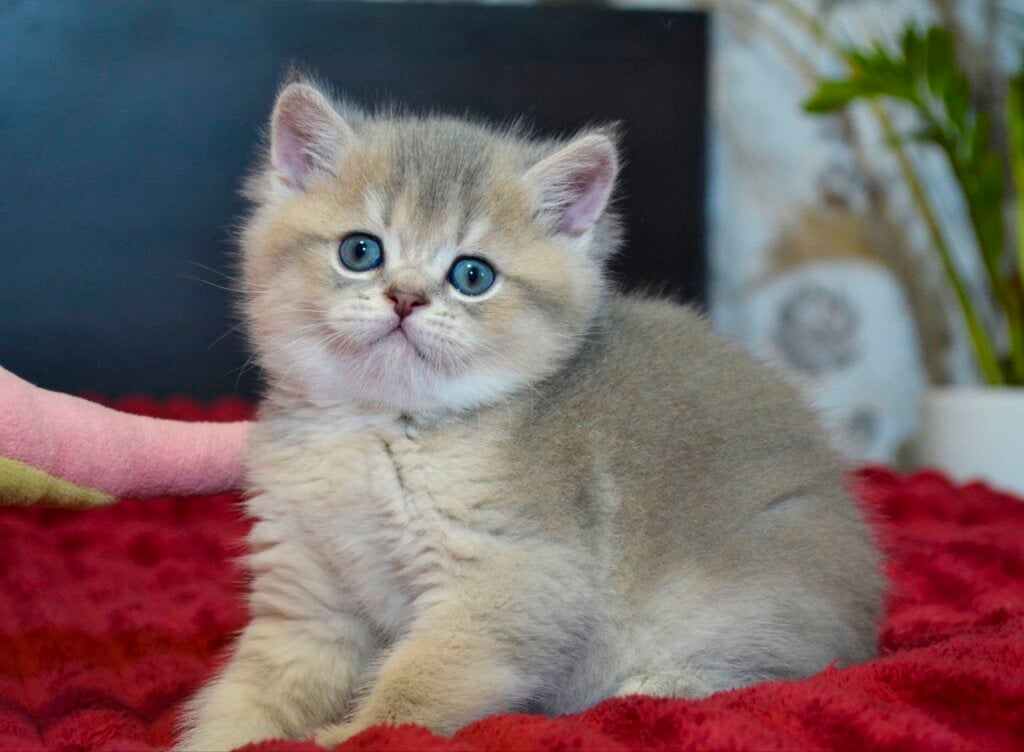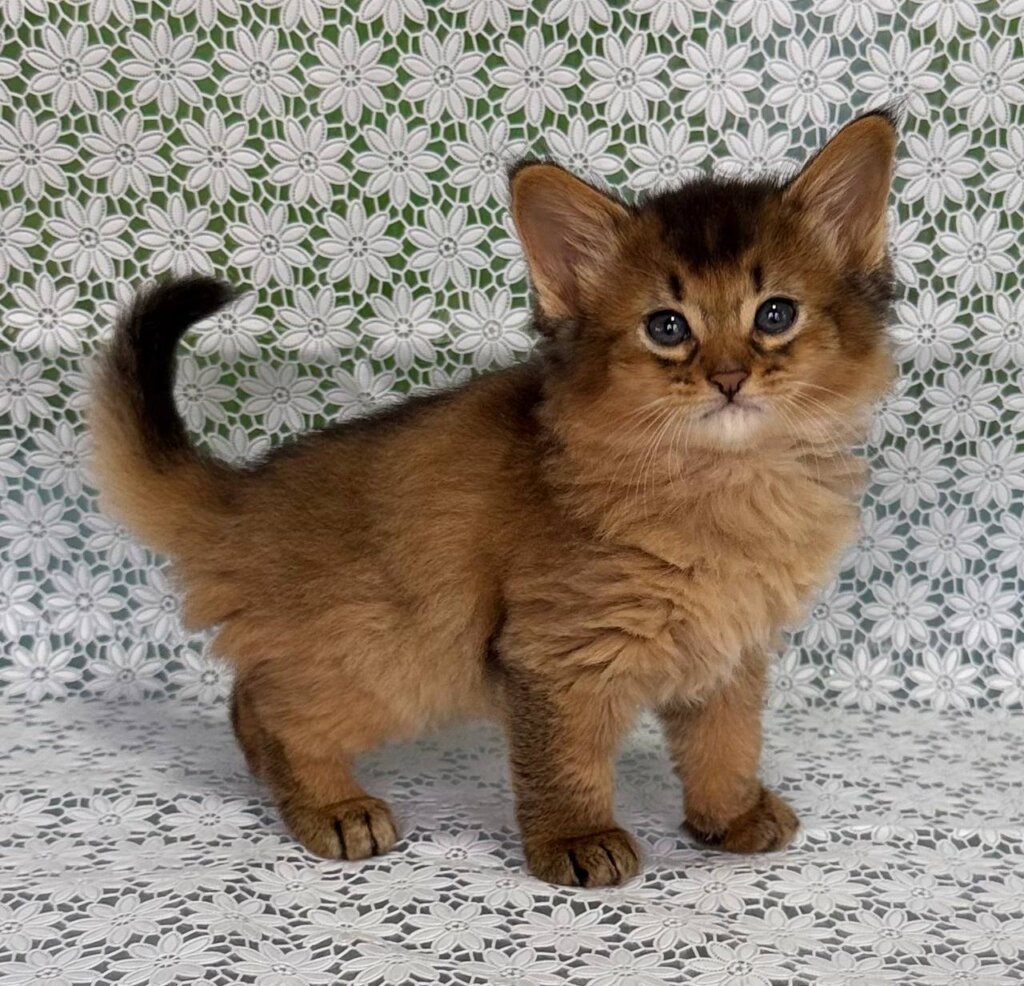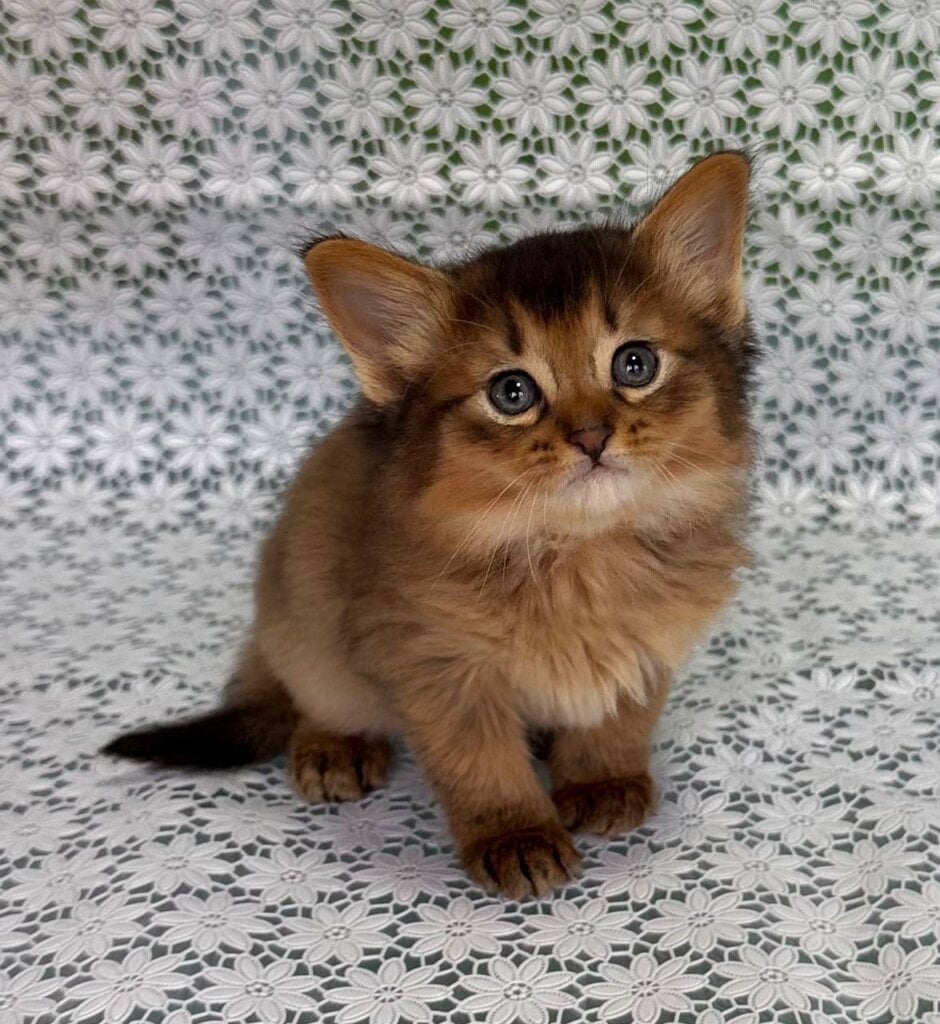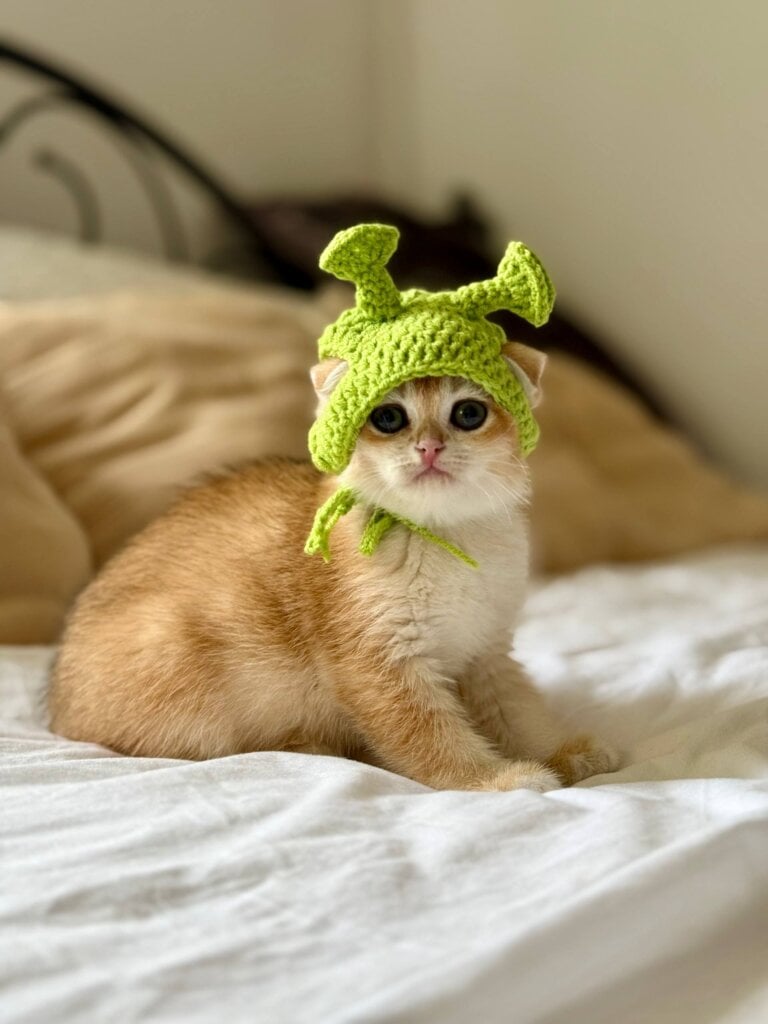Munchkin cats generally range from $800 to $2,500 in the US, with price varying depending on age, color and pedigree. Top that off with kittens from reputable breeders with health checks and you’re looking at the upper end.
Costs can increase for rare colors or show-quality cats. Reliable breeders provide explicit information regarding health and history. If you want to understand what impacts price and what you can expect from a quality breeder, read on for more.
What is the Munchkin Cat Price?
Munchkin cats are playful cats with short legs, but their prices vary a lot. On the low end, shelter adoption is $40–$300 and breeder rates begin at $1,000 and can be as high as $4,500+. Show-quality or rare color Munchkins can even top $5,000. Important considerations such as coat type, breeder reputation, and geographic location all come into play.
| Cat Type | Price Range (USD) | Features/Notes |
|---|---|---|
| Adoption (Shelter) | $40 – $300 | Includes basic vet care, microchip |
| Pet Quality (Breeder) | $1,000 – $2,000 | Standard colors, companion pets |
| Purebred/Desirable Traits | $2,000 – $3,500 | Unique colors, specific lineage |
| Show Quality/Rare Colors | $3,500 – $5,000+ | Rare patterns, show standards |
| Average Monthly Care | $70 – $140 | Food, litter, vet bills |
1. Standard Price
Most people from a good breeder are paying $1,000 to $3,000 for their munchkin kitten. Rare special bloodline or rare kittens may range from $2,000-$3,500. Show-quality cats or very rare colors can fetch over $5,000, too, particularly if they’re bred for competition or have unique markings.
Prices fluctuate wildly depending on breeder prestige, the kitten’s lineage, and the market demand for specific features. A few breeders may add on for special requests, such as a certain colored coat or eye color on a kitten.
2. Coat Variations
Coat type plays a huge role in price. Long-haired Munchkin cats tend to cost more than short-haired varieties because they’re a rarity and more dramatic. Certain buyers desire particular coat colors or patterns such as calico, chocolate, or silver tabby, which can increase prices by several hundreds or even thousands of dollars.
The price for rare coats climbs with the heat of the market, particularly in fashion-conscious locations. Breeders usually price various coats, so it’s wise to inquire ahead of time if you have a preference.
3. Leg Length
It’s the short legs that differentiate Munchkin cats and contribute largely to their price. Classic short, sturdy legs kittens – you know, the kind everyone anticipates from the breed – tend to be more expensive than their longer-legged counterparts. Certain lines are bred for even shorter legs, which can translate to a larger price.
Leg length is genetic and breeders who select for the healthiest proportions charge more, as these kittens are less prone to future joint problems. Pet parents pick by leg length, and demand inflates the cost of that “authentic” Munchkin appearance.
4. Breeder Reputation
Reputable breeders who adhere to ethical practices often charge more since they invest in genetic testing, health checks, and proper care. They provide health warranties and documentation on the kitten’s history, which is comforting.
A breeder’s experience and the quality of their parents also drives prices up. Trusted breeders ward off health issues and scams, making the price tag a safe bet for many households.
5. Geographic Location
Your location can affect the price. Cities tend to be priced higher because of more demand and less breeders. In certain areas, Munchkin kitten waiting lists are lengthy and costs climb quickly.
Local ordinances regarding breeding or pet sales can restrict supply, driving up prices. Purchasing from a distance results in additional shipping fees, which accumulate rapidly.

What Are the Initial Costs?
Welcoming a Munchkin cat means budgeting for initial expenses that extend well beyond the sticker price. Most new owners spend $1,500 to $3,500 to bring home and acclimate a kitten, though this number varies based on where you adopt, the age and condition of the cat, and supplies you purchase.
These upfront costs aren’t just about purchasing the cat-they include vet check-ups, preparing your home, and all the essentials your kitten requires to get comfortable. Establishing a budget up front for anticipated and unexpected expenses saves heartache down the road.
Essential Supplies
- Food and water bowls
- Litter box and litter
- Carrier for travel
- Quality cat food
- Scratching post
- Cat bed
- Toys (various types)
- Grooming tools
- Collar with ID tag
- Treats
Startup supply costs typically range from $500 to $1,000 depending on the volume and quality of items you purchase. For instance, a durable litter box and plush bed can be pricier but have more longevity, whereas inexpensive toys and brushes will require more frequent purchases.
Don’t forget about all the extras like scratching posts and fun toys-they’re not just frills, they keep your Munchkin happy and healthy. Let me know you already have a cozy, quiet place established before your kitten shows up so they can immediately feel at home.
First Vet Visit
Take your Munchkin to the vet during that first week at home. This initial vet visit will likely consist of a comprehensive health exam, core vaccinations and sometimes microchipping. Anticipate this visit running between $400 to $800, which can increase if the vet decides additional testing is needed.
Spaying/neutering, if not already done, is commonly talked about and scheduled at this point and can add another expense. Be sure to always carry a folder with vaccines and health check records, as you’ll need these for future vet visits and travel.
Home Preparation
Start with a checklist: block off unsafe areas, secure wires and cords, remove plants that are toxic to cats, and check that windows and balconies are cat-proofed. This prep can scale from a straightforward afternoon project to a bigger investment, particularly if you need gates or new furniture.
Account for upgrades such as a covered litter box, additional scratching posts, or plush bedding. Create a designated corner for your Munchkin with all their belongings – bed, toys, food, water, etc. – so they know where to head to feel secure.
A few easy tips for basic cat-proofing go a long way in saving you money and stress by keeping your kitten and your stuff safe.
Breeder Purchase vs. Shelter Adoption
Choosing to bring a Munchkin cat into your home means weighing the differences between buying from a breeder and adopting from a shelter. It affects more than your finances, but what type of journey you desire as a pet parent. Both routes have their respective benefits, expenses and obligations.
The Breeder Path
Purchasing a Munchkin cat from a trusted breeder typically runs you $1,500 to $2,000. Certain champion bloodline kittens can demand higher prices. These elevated rates frequently represent expenses associated with lineage, health testing, and the breeder’s commitment to responsible, ethical methods.
Good breeders will be happy to show you their facilities. Clean, spacious and caring are good indicators. You want to visit blissful, purring felines – not cramped or dingy quarters.
Even before you sign on the dotted line, request from the breeder genetic testing and viral screenings from both parents. This step protects against genetic issues typical of Munchkins, who’re more susceptible to certain problems as a result of inbreeding. Nearly all breeders have a written contract.
This should specify what kind of health guarantees they offer, what happens if your kitten gets sick, and the return policy if things don’t work out. Always read this carefully.
The Adoption Route
If you’re flexible about adult cats or don’t require a purebred, shelters and rescue groups near you typically have Munchkins or other breeds available for adoption. Adoption fees are way less – generally $40-$300. This typically goes towards basic care expenses, such as vaccinations or spaying/neutering.
For others, this is an opportunity to save cash and make a true impact. Question shelter staff about the cat’s history, age, personality or health issues. Shelter cats, with their uncertain or mixed pedigree, can be absolutely fabulous.
Others will say adopting saves lives and makes room for others. Opting for an adult cat can translate to less work with training and socialization.
Comparing Costs and Considerations
Any cat, adopted or purchased, will have monthly care expenses of anywhere from $61 to $381+ That’s food, litter, vet visits and treats. If you buy from a breeder, anticipate bigger startup expenses-off in excess of $1,500 at times-since you’ll require supplies and could incur greater fees for vaccines or spay/neuter surgery.
Shelter cats usually arrive with these done.
Making the Right Choice
Decide what matters most: known pedigree, specific traits, or saving a life. Consider your lifestyle, budget and what you are looking for in a companion.
What Are the Long-Term Expenses?
Munchkin cats have ongoing expenses, aside from the upfront cost. From food and litter to health and grooming, these recurring expenses need to be accounted for upfront. The table below provides a snapshot of some common costs that will arise throughout your cat’s 12-15 year life cycle.
| Expense Category | Monthly Estimate (USD) | Annual Estimate (USD) |
|---|---|---|
| Food | $30 – $100 | $360 – $1,200 |
| Litter | $15 – $40 | $180 – $480 |
| Grooming | $10 – $70 | $120 – $840 |
| Routine Veterinary Care | $40 – $85 | $500 – $1,000 |
| Insurance | $15 – $50 | $180 – $600 |
| Enrichment/Activities | $10 – $30 | $120 – $360 |
| Emergency Fund | Varies | $200+ |
Monthly Diet
Nutrition is the nucleus of your Munchkin’s health. Plan on spending $30-$100 a month on quality cat food. Pricing varies by brand and if you opt for wet/dry/mixed diets.
Make sure you’re always choosing food appropriate for your cat’s age and health. Kittens require more protein whereas senior felines typically require joint and digestive support. High-end brands can be more expensive but can it extend your cat’s life and make it healthier.
You’re savvy to monitor your Munchkin’s appetite. Overfeeding can cause obesity, which adds additional health issues and vet bills.
Routine Grooming
Although most Munchkins have short or medium hair, grooming is still essential. Even if you groom at home, you’ll require brushes, nail clippers and pet-safe shampoo. These can run $10 to $20 a pop, but they last for months.
Professional grooming is more expensive. Some owners pay $10 to $70 per month, particularly for longer haired cats or if you want flea treatments and de-shedding. Over a year, grooming alone can top $300 depending on needs.
Dental care is grooming, too. Dental treats and daily brushing are like an insurance policy against expensive dental disease. A few owners foot the bill for yearly dental cleanings, which increase the sum.
Annual Wellness
Standard vet visits are mandatory. Anticipate $500 to $1,000 annually in check-ups, vaccines and basic treatments. This is something pet insurance can assist with. Plans run $15 to $50 per month, and can soften the blow of large emergencies.
Routine wellness visits detect disease at an early stage. Always record vaccines, test results and treatments to identify patterns or issues.
Preventative treatments for fleas, ticks and heartworm. A prevention dose pack can range from $25-80.
Emergency and Unexpected Costs
Nobody wants to consider emergencies, but they occur. Surgery, unexpected illness or hospitalizations can cost hundreds or even thousands all at once.
Put away a modest emergency fund for what insurance won’t. Long term care for chronic conditions adds up, so plan.
Some years will be more expensive than others.
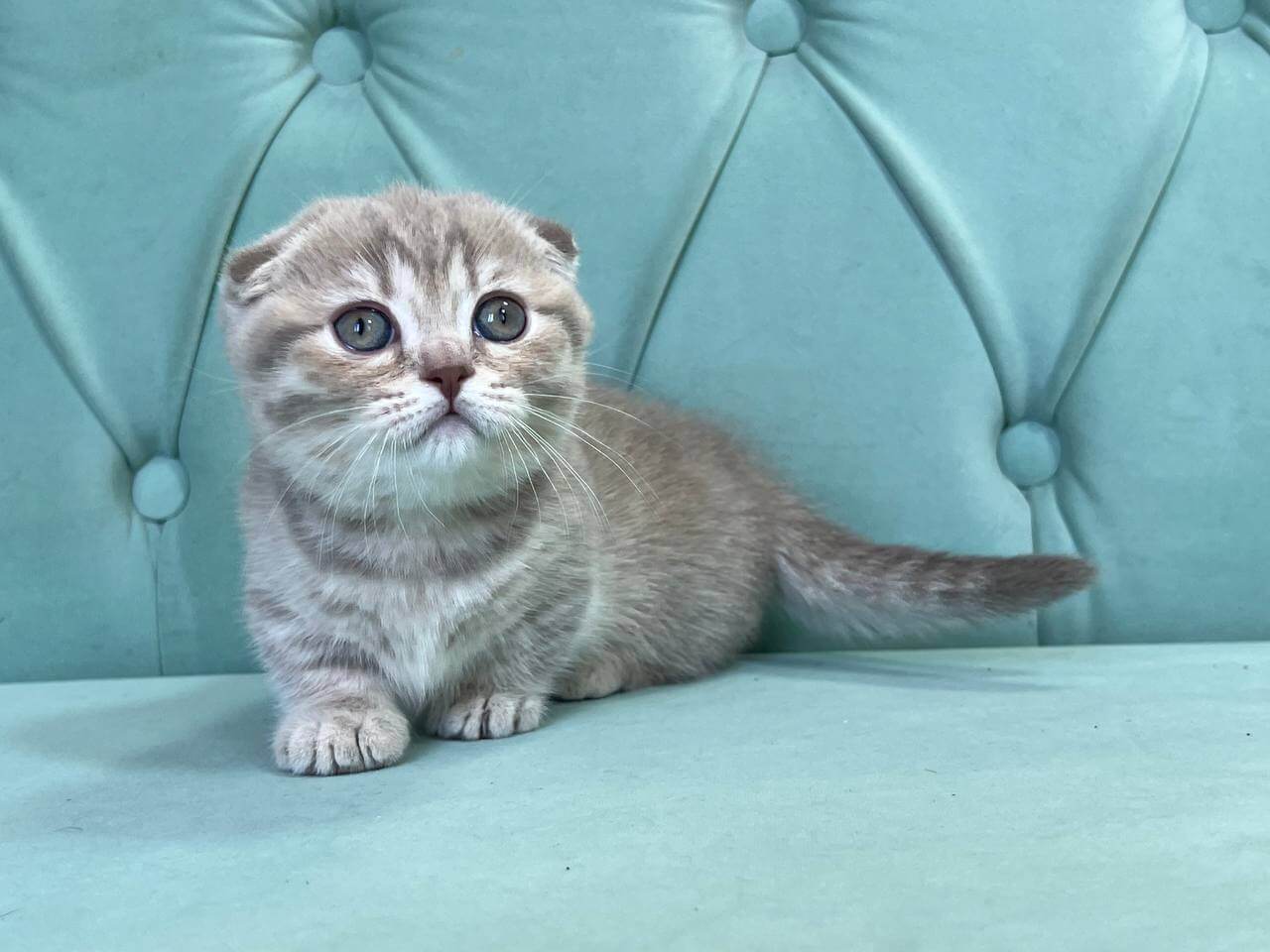
Are There Hidden Health Costs?
Hidden health costs can surprise a lot of Munchkin cat owners. With the breed’s signature appearance comes some danger. Upfront price tags seldom tell the whole tale – particularly when it comes to health and long-term care.
Genetic Predispositions
Munchkin cats frequently encounter health issues associated with their genetics. Their short legs and extended backs make them susceptible to spinal complications, arthritic pain and occasional mobility problems. Other health issues such as hyperthyroidism, pancreatitis, uremia, FLUTD and lymphosarcoma occur more frequently in this breed than in others.
Treating them can be expensive, with bills occasionally running from $1500 to $10,000 and more, particularly for chronic illnesses or surgeries. If you’re speaking to breeders, inquire about the family medical history, and if any of the parents or siblings have known health issues.
Good breeders do a genetic test to identify risks. Being on the lookout for any limping or strange movements identifies problems sooner rather than later. It’s wise to stay abreast of novel therapies or treatments, because cat vet care for cats with unique genetics is constantly evolving.
Mobility Aids
Some Munchkin cats will require assistance navigating as they age or if joint issues develop. Mobility aids such as ramps or stairs can assist them in reaching beds or couches without leaping. Supportive beds or orthopedic cushions relieve tension on their joints and backs.
These contribute to your lifetime expenses, and costs differ based on what you purchase. Ask your vet for advice about keeping your cat moving with less hurt. They may recommend daily joint supplements, which incur a minimal, yet persistent expense.
Not every Munchkin will require all these assistance, but preparing for the possibility is smart.
Insurance Value
Pet insurance will save you from massive surprise bills. It aids with vet visits, emergencies and even sometimes hereditary conditions, which are common in Munchkin cats. Don’t assume all insurance covers routine stuff like flea and tick prevention, which can add $30–$50 a month.
Browse plans to find the right fit for your cat’s needs and your budget. Search for plans that cover chronic or genetic health problems. See what’s covered and isn’t for joint care or surgery.
Check back with your plan as your Munchkin grows, as their needs may shift.
Ongoing Costs
Monthly expenses vary with food quality, supplements and medical requirements. Owners can pony up $20 to $100 per month in routine care, not including those hefty vet invoices.
Medications, vet checkups, or even a surgery can set you back several hundred or thousands.
Is the Investment Worthwhile?
It’s not simply about the cost of buying a Munchkin cat. It’s about the connection they create and the solace they return. A Munchkin cat can completely shift the vibe in a house, infusing play and warmth to both the kids and the adults. With short legs and big eyes they’re easy to love, and plenty of owners report their playful ways help melt away daily stress.
Over a lifetime, which is 10-15 years, their soft purrs and gentle presence can mean a lot. In our households, these kittens typically assist youngsters teach compassion and attention, whereas their parents discover a dedicated companion that by no means criticizes.
Having any cat is a big responsibility, but with Munchkin cats you have to prepare for tomorrow. They require daily attention, consistent feeding, exercise and vet appointments. Cats deserve your company. If you travel a lot or have a hectic job, this breed may not thrive.
Their grooming requirements can add up, as well. Long-haired Munchkins require brushing and occasionally professional grooming, which can add $20 – $70 per month. Even if it’s short hair, they need a little assistance to remain clean and happy.
That’s an expensive investment in Munchkin cats for the majority of us. Breeder prices can range from $1500 to $4500, based on the cat’s appearance, color and lineage. It can be cheaper to adopt one, with adoption fees ranging from $40 to $300, but Munchkin cats in shelters are hard to find.
Once you bring them home, budget $70 to $140 a month for food, litter and care. Set aside additional savings for the vet–annual check-ups and shots can be a $100-$300 value. These figures don’t even include toys, beds, and scratching posts. Others get creative and use household items for play, which reduces expense but keeps the cat engaged and mentally stimulated.
Others believe the Munchkin’s look and loving ways are worth every penny. For many, the thrill of seeing a cat stalk a plaything or snuggle up after a big day justifies the expense. That, still, is not a baby step.
You need to consider your budget, your schedule, and your aspirations for a pet. If you desire a cat that turns heads and returns like a boomerang of affection, the investment might only be half of the equation.


